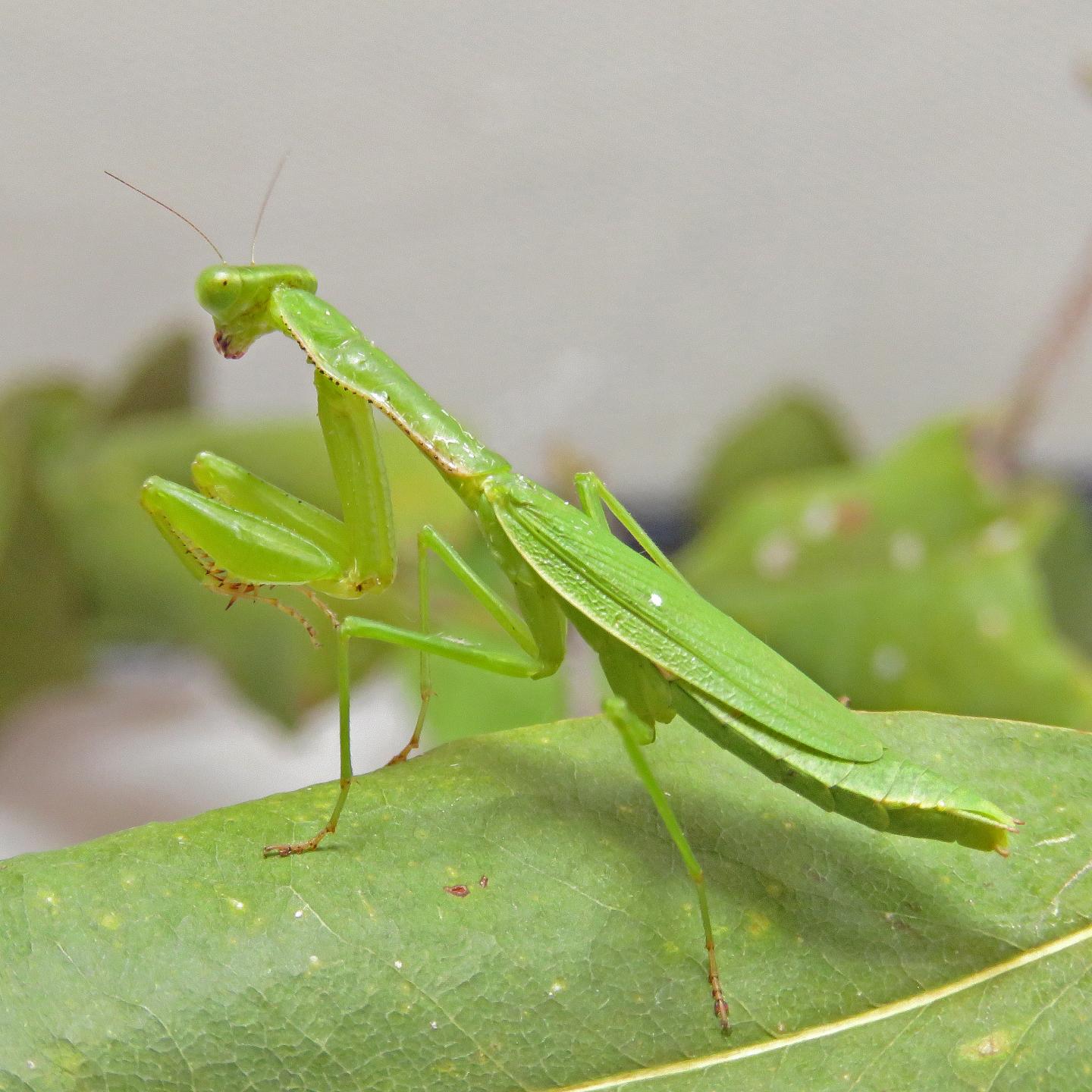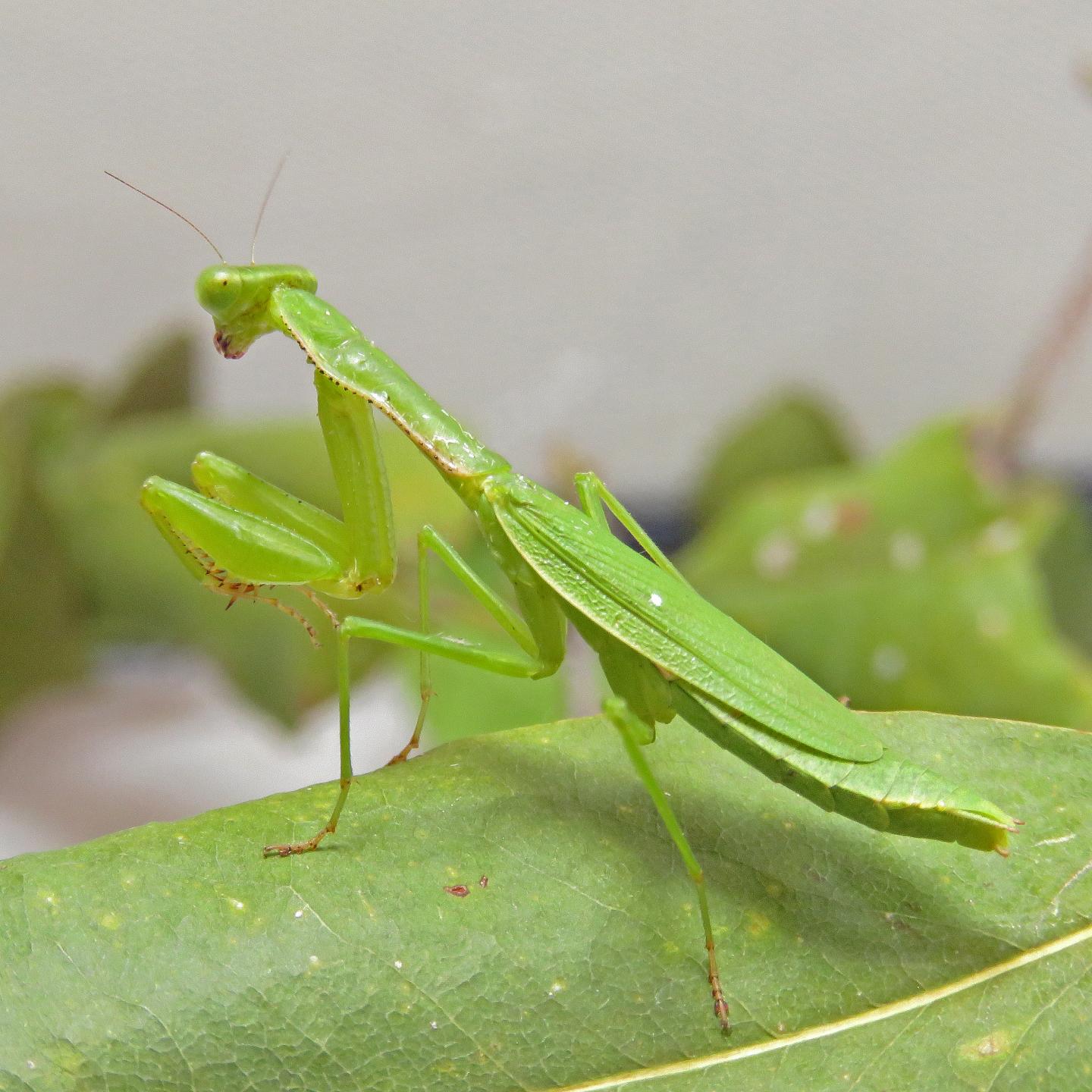
Credit: Gavin Svenson, Ph.D.
Three seemingly unrelated praying mantis groups inhabiting Cuba and the rest of the Greater Antilles actually share an ancient African ancestor and possibly form the oldest endemic animal lineage on the Caribbean islands, Cleveland Museum of Natural History researchers have determined.
Mantises from the African lineage landed on the Greater Antilles islands more than 92 million years ago, likely hitching a ride on floating ocean debris. They were present tens of millions of years before other mantis groups arrived from Central and South America, and also before animals such as land snails, lizards and shrews got to the islands.
Although the ancestral mantis lineage in Africa went extinct, its descendants in the Greater Antilles have evolved in drastically different directions and have endured there. They even survived the massive comet or asteroid impact in the nearby Gulf of Mexico 66 million years ago that is thought to have helped exterminate most life on Earth.
"It's extraordinary that a single lineage of mantises has been able to persist for more than 90 million years within a small island system," says Museum Curator of Invertebrate Zoology and Assistant Director of Science Gavin Svenson, Ph.D., the study's lead author "Never have these three endemic mantises been linked as close relatives, since they look so different from each other. Discovering that they came to the islands from an African ancestor was remarkable. It speaks to how much more there is to learn, even for animals we think we know a lot about."
Dr. Svenson and Ph.D. candidate Henrique Rodrigues, a biology graduate student at Case Western Reserve University, report their findings in a study published online September 27, 2017, in the journal Proceedings of the Royal Society B.
Dr. Svenson is an internationally recognized praying mantis authority. His lab at the Museum contains more than 13,000 mantis specimens from his own field research and on loan from other museum collections. It is the largest such assemblage in the Western Hemisphere.
To trace the Antilles mantises' history, Dr. Svenson and Rodrigues collected specimens of the three endemic mantis groups and used DNA analysis and computer-based methods to reconstruct the timing and location of their origins.
Previous efforts to explain how living things colonized the Greater Antilles have been hampered by the islands' complex geographic history. The islands' locations have shifted as Earth's continents and tectonic plates moved around.
In the distant past, the Greater Antilles were close to – or sometimes connected with – Central and South America.
The island chain's changing location relative to larger land masses makes it hard for scientists to determine when and how various animals arrived there, and whether individual species are related. Most studies have focused on vertebrates and plants, even though there are more than two times as many native terrestrial arthropods on the Greater Antilles as there are plants and vertebrate animals combined.
Deciphering the origins of the three main praying mantis groups on the islands is made more complex by their appearance.
Mantises of the Callimantis, Epaphrodita and Gonatista genera don't look or act like each other, even though they live in the same, relatively small, geographic area. Instead, they resemble nonrelated mantises from South America and Africa.
Despite their appearance differences, the three Greater Antilles endemic mantis groups actually are connected by a common ancestor, the Museum researchers' analysis showed. They likely descended from a single western African praying mantis lineage that dispersed to the Greater Antilles more than 92 million years ago. Although it's possible the insects flew across the ocean, the more probable scenario is that flotsam transported pregnant females or hardy egg cases.
Once present on the Greater Antilles, the African mantises embarked on distinctly different evolutionary paths, adapting their body features and lifestyles to specific habitats and conditions within the island chain. Members of Epaphrodita, for example, camouflage themselves by mimicking dead leaves, while Gonatista camouflage as bark and dwell on tree trunks.
The three Greater Antilles mantis groups' resemblance to various mantises from outside the Caribbean isn't due to close kinship; instead, it's an example of convergent evolution, where different lineages independently evolve similar traits because they occupy similar environments.
It's a reminder that the praying mantis family tree shouldn't be organized based solely on appearance. Dr. Svenson has spent much of his career revising mantis classifications and relationships using modern genetics techniques.
Although the African emigrant mantises have done well in their adopted home, they have not spread beyond the Caribbean islands, with the exception of a single Cuban species, Gonatista grisea, that has become established in the southern United States. Otherwise, the Greater Antilles mantises may not be adaptable to mainland conditions, or perhaps can't cope with the larger mix of competitors and predators beyond the islands.
The mantises' newfound origins and long-term persistence on the Greater Antilles add an important chapter to the islands' evolutionary history, Dr. Svenson says.
"Studying older insect groups, such as praying mantises, can greatly expand our knowledge of early island history and uncover unique lineages important to global biodiversity, not to mention Caribbean biodiversity," he says. "Evidence from early insects can also inform or corroborate our ideas of Caribbean ecosystem formation or geologic history."
###
Original Source: Gavin J. Svenson1 and Henrique M. Rodrigues, (2017) A Cretaceous-aged Palaeotropical dispersal established an endemic lineage of Caribbean praying mantises, Proceedings of the Royal Society B
Contact: Gavin Svenson, Ph.D.
[email protected]
Media Contact
Patrick Evans
[email protected]
216-231-2156
http://www.cmnh.org





